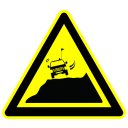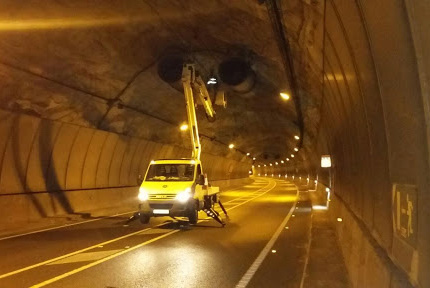 When an asset is not reachable by walking or using portable ladders, a variety of equipment is used to position personnel to perform asset inspections.
When an asset is not reachable by walking or using portable ladders, a variety of equipment is used to position personnel to perform asset inspections.
All extensible boom platforms, aerial ladders, articulating boom platforms, vertical towers, and any combination of them must meet the design and construction requirements of the American National Standard for "Vehicle Mounted Elevating and Rotating Work Platforms," ANSI A92.2—1969, according to the Occupational Safety and Health Administration (OSHA).

Man-lifts must also meet the requirements of the "American National Safety Standard for Man-lifts ANSI A90.1-1969" in terms of design and construction.
All personnel working on powered platforms must follow all safety regulations set forth in 29 CFR 1910 Subpart F, "Powered Platforms, Man-lifts, and Vehicle-Mounted Work Platforms."
Apart from the risk of falling (described below), OSHA states that there are risks associated with the control of the platforms and the vehicles on which they are mounted. The following are some of the hazards to be aware of:
- Loss of control due to bad operating conditions of the systems.
- Loss of control due to improper operations on the platform. This means workers sitting, climbing on the edge or performing any other activity rather than standing firmly while in the basket of the lifting platform.
- Exceeding the boom and basket load limits can lead to a loss of stability and control.
- Loss of control because the brakes where not set as required.
- Vehicle set on a slope without wheel chocks.
- Outriggers used on unstable surface.
- Material falling from vehicles.
- Environmental hazards
- Heat stress
- Cold stress
- Sunburn
- Poisonous plants
- Animal/insect bites
